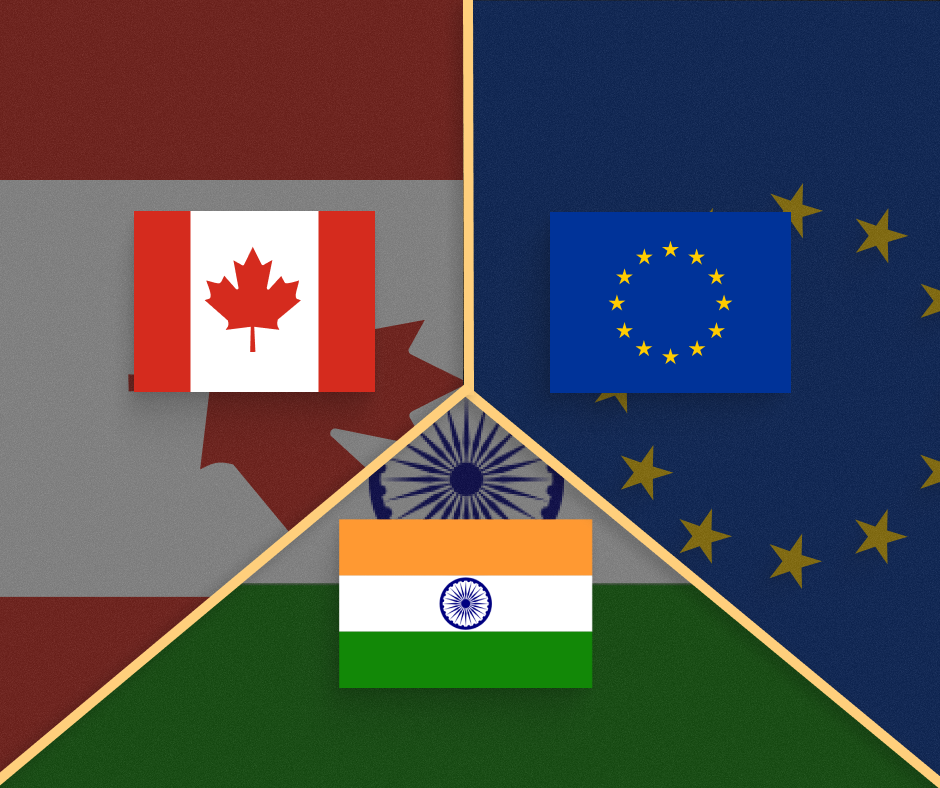Is the $4 Trillion GDP really Significant for a Country like India?
- Kiran S N

- May 28
- 3 min read
According to IMF Indian GDP per capita is $2880 as of the writing of this article with Real GDP at $4.18 Trillion.

It's quite the headline: India's economy has recently powered past the $4 trillion mark! This is a major achievement and really highlights its growing strength on the world's economic stage. Adding to this, BVR Subrahmanyam, the CEO of NITI Aayog, mentioned that India has reportedly overtaken Japan to become the world’s fourth-largest economy, citing IMF data. That’s definitely something to be proud of and shows the country's consistent growth.

Now, while that $4 trillion number sounds fantastic, and it is, digging a little deeper gives us a fuller picture. India has a massive population – about 1.46 billion people, compared to China's 1.42 billion. Because of this, the average income per person, or GDP per capita, is currently below $3000. This brings a challenge to the table: spreading that economic growth more evenly and boosting living standards for everyone. To give you some perspective, when other big players like the US, China, and Japan hit their own USD 4 trillion milestones, their per capita incomes were significantly higher:
United States: Reached USD 4 trillion GDP around 1985 with a GDP per capita of roughly $17,875 (current USD) back then.
Japan: Crossed the USD 4 trillion GDP mark around 1993, and its GDP per capita at the time was about $35,670 (current USD).
China: Hit the USD 4 trillion GDP milestone around 2008, with a GDP per capita then of approximately $3,176 (current USD).
Category of economy | GNI per capita (as per atlas method) in 2023 |
Low – income | $1,145 or less |
Lower middle income | between $1,146 and $4,515 |
Upper middle income | between $4,516 and $14,005 |
High - income | more than $14,005 |

Looking at a similar measure, India's GNI per capita (Atlas method) in 2023 was $2540. According to the World Bank's categories for the 2025 fiscal year, countries with a GNI per capita between $1,146 and $4,515 are considered lower-middle-income economies. India actually moved into the Low Middle-Income Country (LMIC) bracket back in 2007-08. So, yes, there's a fair bit of ground to cover to catch up with developed nations, and even its neighbour China, in per capita terms.
But here’s the exciting part: India's game plan looks pretty promising! The country is taking a bottom-up approach to its economic and social development, which is quite different from China's top-down model. The Indian government has pinpointed several key sectors to really focus on and boost over the next decade (2025–2035). They're backing this up with new policies, significant budget allocations, and major national initiatives. Check out some of these focus areas:

So, while becoming the fourth-largest economy is a fantastic achievement and definitely worth celebrating, it’s more like a significant milestone on a longer journey. India has climbed quickly up the lower income levels, and although the next steps will take continued hard work, the country is on track to become an Upper Middle-Income Country (UMIC) by 2032. With a steady focus on this growth path for the next decade – especially as its population is expected to peak around 1.7 billion in the early 2060s while China’s is set to decline – India is definitely set up for more exciting progress ahead!
Research: Joshwa Joji
Linkedin : http://linkedin.com/in/jjoji
Want to read more?
Subscribe to finsightsbysquareleague.com to keep reading this exclusive post.



